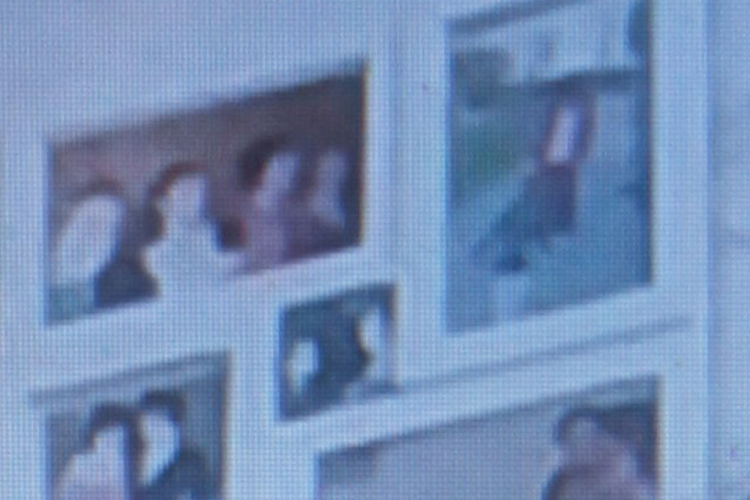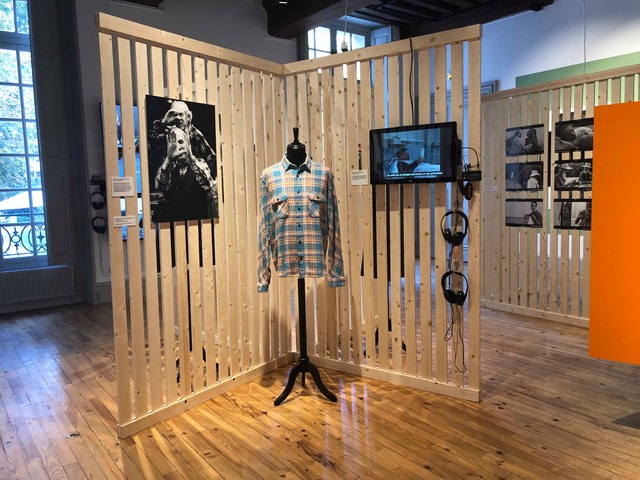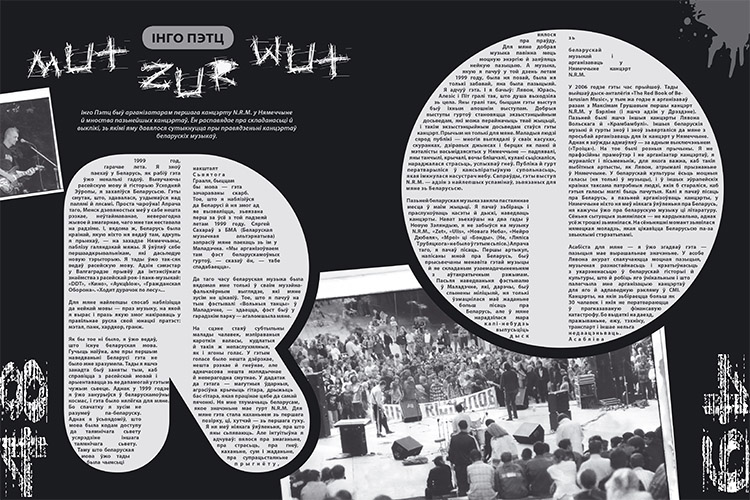
Sergey Shabohin Art Commercialism Cycle serias / 2008-2010

Sergey Shabohin Art Commercialism Cycle serias / 2008-2010

Sergey Shabohin Original / Copy / 2011

Sergey Shabohin Transparent Choice / 2010

Sergey Shabohin ST()RE, three public art installations / Krakow, 2012

Sergey Shabohin Terror Ready-Made Collection / 2010
Archive! pARTisan #13’2011
Interview with Sergey Shabohin (was made in spring 2011), Belarusain artist, curator of Y Gallery, founder and editor-in-chief of the Portal of contemporary Belarusian art Art Aktivist. Born in Navapołack, Belarus. Since 1999 lives and works in Minsk. Studied at the Belarusian State Academy of Arts (Minsk). There were the ehxebitions in Belarus, Poland, Germany, USA, Sweden and other.
— You very often quote other artists in your works, as if engaged in an endless dialogue with them.
S.Sh.: The key to understanding my works is in the following phrase, ‘Every day I talk to artists, both living and dead.’ If walking along the street I see a detail that grasps my attention, I automatically think what Andy Warhol, for example, would have made of it.
I see reality as if through numerous ‘filters’ of abstract, conceptual or pop art. Such a dialogue is very important to me.
— Yet, some artists choose to isolate themselves from the world around them in order to avoid its influence and preserve their individuality…
S.Sh.: As I see it, an artist should keep track of contemporary life. Denying the global process is an option, too, but there is a risk of becoming an outsider. For me art is all about a dialogue with other cultures, artists and viewers.
— There is a widespread view that it is no longer possible to create anything completely new in art…
S.Sh.: It is, of course, true. But the artist should not multiply new objects. His purpose is show and construct new relations. Artists are gradually turning from universal issues and classical art to the local and personal field and the original/copy, artist/viewer or artist/artist relations.
Whose idea is primary and whose is secondary? In using someone else’s idea, do I appropriate it or does the other artist absorb me? How does a viewer interpret what they see?
I try to input as many various interpretations as possible into my works, so that to draw the borderline between my idea and the viewer’s creative approach.
— In your works you mainly talk to western culture. What about a dialogue with Belarusian art?
S.Sh.: I keep track of modern Belarusian artists, too, whose experience can prompt me something. We hardly ever address banal and useless art, both in its concept and form. Besides, the dialogue with Belarusian artists encouraged me to take on the functions of a curator and start creating the ART AKTIVIST Internet resource on contemporary Belarusian art.
— Last autumn you took part in Opening the Door? Belarusian Art Today project in Vilnius.
S.Sh.: Some artists presented there were critical of curator Kiestutis Kujzinas’s approach, blaming him for his exclusive interest in social and political art, which, in their opinion, gave a too literal vision of Belarus as if in a tourist guide. But Kiestutis said it was exactly his objective. He thinks
Belarusian art is too metaphysical, it avoids – maybe subconsciously – certain subjects. The project made me think about an artist’s political responsibility.
— Is it why Transparent Choice came into being?
S.Sh.: Here I was primarily concerned with the essence of choice. The viewers were offered a number of questions on mass culture, religion, politics, art, etc. Suddenly they noticed that the ballot box had no division and began to doubt whether there was any point in their choice if it led to no tangible outcome. Yet, having made their choice, they realised it mattered to themselves in the first place.
— Do the place where a work is exhibited and the local audience become part of the work itself?
S.Ś.: Yes, they do, and in Krakow within ARTBOOM TAURON FESTIVAL I went on with my research into communication. I found three major squares in Krakow which for some reason had some objects bearing no connection at all to the city’s history. Local people called them ‘black holes’ on the city map.
What I did was to collect old reprints and drawings of these places from historical literature and modern pictures from tourist guides, then in a deliberately careless manner arrange the objects in three empty glass cases, as if it had been done by the local dwellers themselves, trying to inscribe them in a natural way into the ‘context’ of the monuments. The audiences perceived the installations and reacted to them in very different ways.
— Speaking about your work as a curator, how do you manage to combine being an artist and a curator?
S.Sh.: I am an artist in the first place and I remain an artist even when I am a curator. What I like about being a curator is his absolute freedom in presenting, contrasting and comparing other artists’ works, thus creating new meanings.
A talented curator can bring to a totally new level even bad works.
— All of your three works presented at the 2009 Venetian biennale are associated with death, the death of museums, death of artists and death of art in general.
S.Sh.: ‘Death’ should be used in inverted commas. It is just a way of seeing the problem through destruction aesthetics. For example, ‘death of art’ in Art Commercialism Cycle represents the loss of artistic purity, when art comes to be exploited by design or by other artists.
It was very important for me to stress that destruction of one thing leads to others being ruined. For instance, an artist’s death results in destruction of his works.
In Obituaries XX, XXI I intentionally ‘ruined’ artists’ works the way religious fanatics do by taking away sacred objects bit by bit. An original was annihilated by its copy in Original / Copy, because the two were put together, so that it was impossible to tell one from the other. In the installation called Conservation I appropriated other artists’ ideas, thus depriving them of exclusiveness and originality.
I am fascinated by the aesthetics of destruction, which is closely connected with the problem of relations. Relations are intended to construct something, but in fact they can be destructive. This has led me to such an issue as society. I can see its fears, phobias and diseases, which are sometimes absurd, and I want to vivisect them, put them in a glass case and turn into a museum.
Our country and our society are very much like one enormous museum, where everything is put under the glass and has its name, place and assessment.
This will be the subject of my next work. I wonder what the audience will do when they see themselves ‘under the glass’ and how they will interpret what they see.
Minsk, 2011. Translared briefly by Sviatłana Sous.
photo © Sergey Shabohin
Opinions of authors do not always reflect the views of pARTisan. If you note any errors, please contact us right away.
Uses of visual materials are permitted and prohibited by the Copyright Act.






